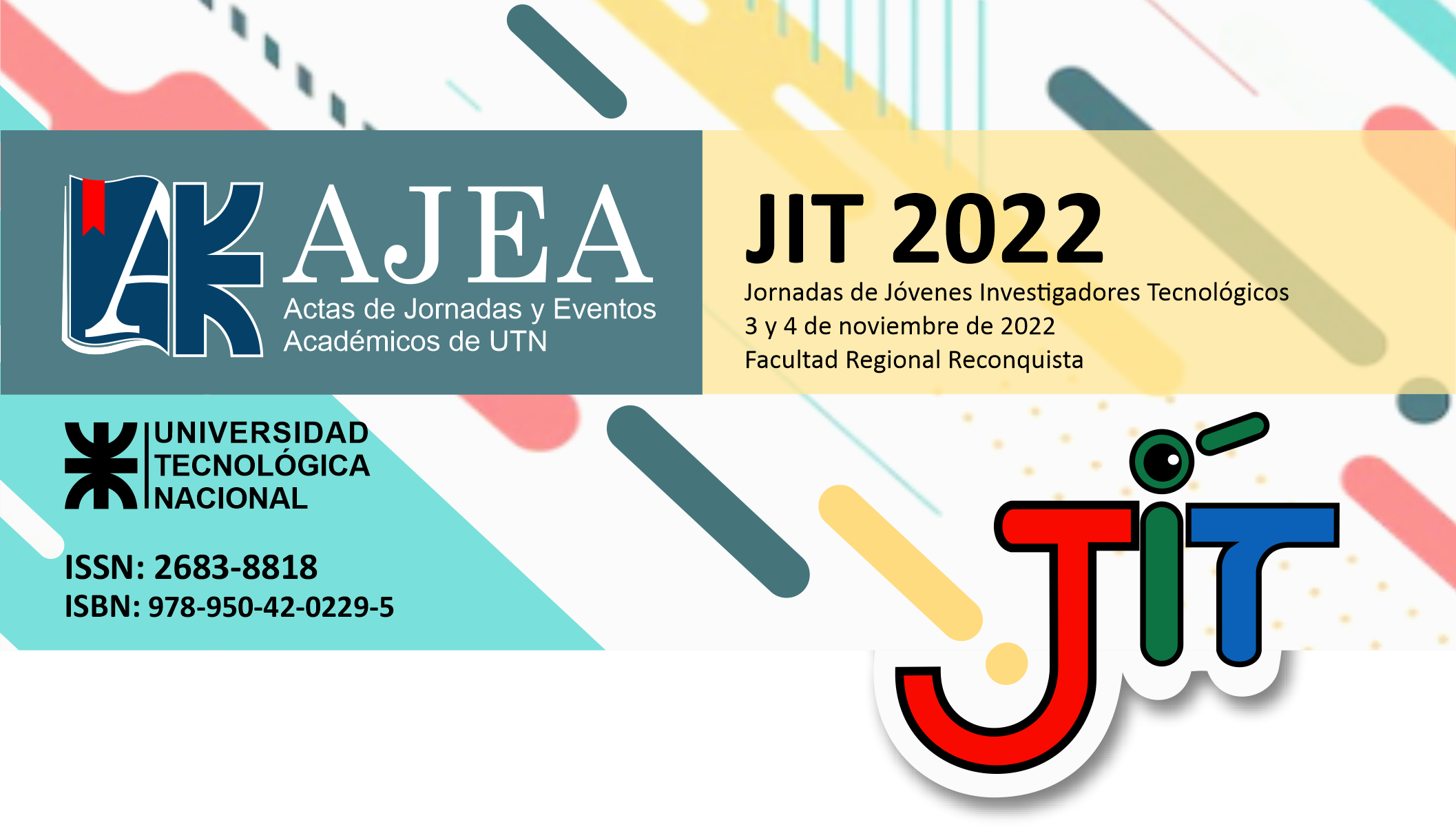Dynamic Speckle: evaluation of test reproducibility for monitoring cement hydration process and environmental impact
Keywords:
cement, interferometry, dynamic speckle, hydrationAbstract
The dynamic speckle technique consists of the analysis of the variation of the speckle pattern, and is applicable to evaluating elements that present mobility conditions on their surface. Most construction materials have their surface modified according to their characteristics and the different environments to which they are subjected. In particular, during hydration, cement undergoes a chemical process that manifests itself physically on its surface, while the material acquires rigidity.
The application of the speckle test on cement paste during hydration has been studied, and it has been found that the technique could be applied to determine the start and end times of setting, since they could correspond to the peaks of highest and lowest activity.
The objective of this work is to evaluate the reproducibility of the test, and to determine possible influences of the environment on it.
Downloads
Metrics
Downloads
Published
How to Cite
Conference Proceedings Volume
Section
License
Copyright (c) 2023 Magdalena Zamateo, Francisco Oliva , Tomás Cabral

This work is licensed under a Creative Commons Attribution-NonCommercial 4.0 International License.










